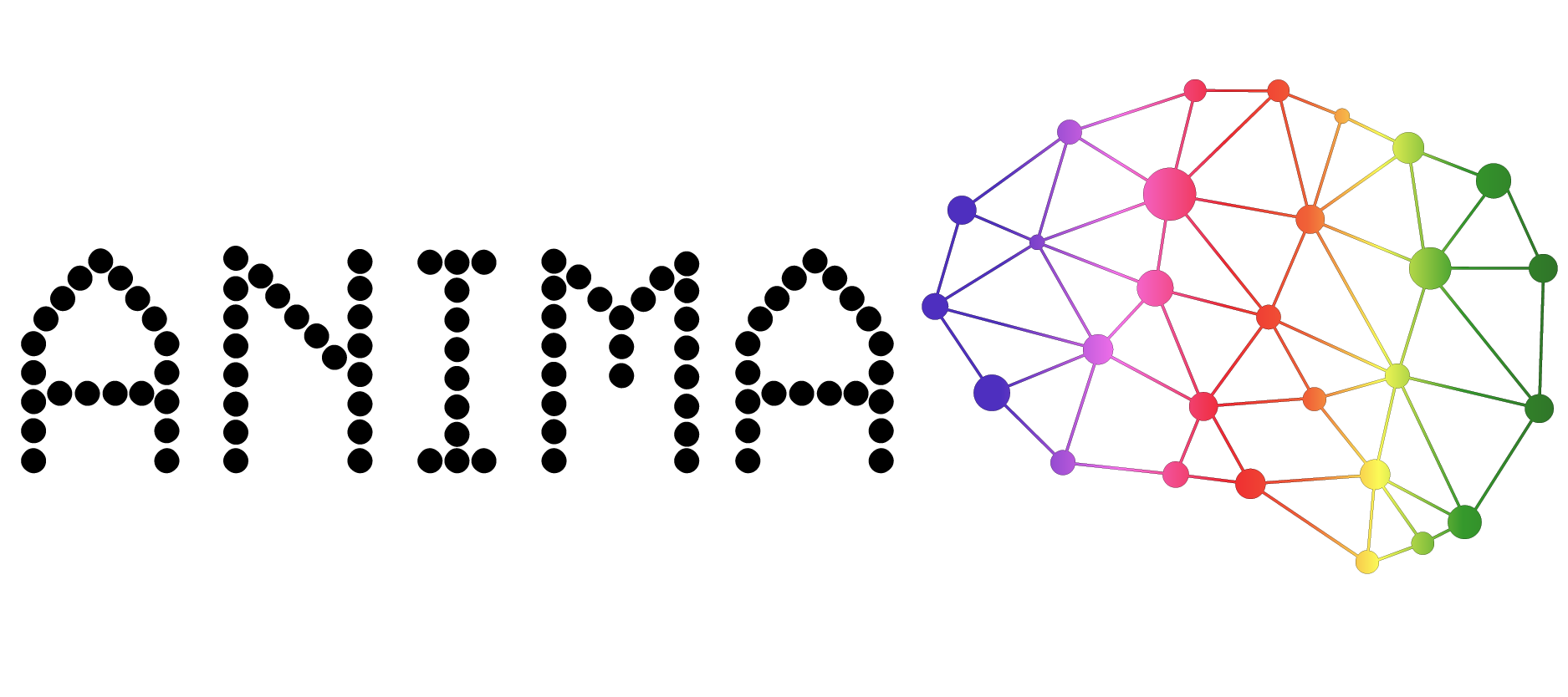What does ANIMA do?
Axis 1 is about analysing the current way through which airports are managing noise regulations and annoyance. It is mostly a work of review intending to analyse how the various levels of regulations are actually implemented by airports. This work will also review the huge amount of scientific findings on annoyance and health impacts to check how far recent findings have been taken in consideration by airports’ authorities in their way to cope with the issue. Eventually, we attempt to find the best practices implemented by some airports, the ones which are increasing the quality of life of neighbouring communities either by mitigating annoyance or by engaging communities in decision-making processes, which lead to consensus. These best practices and recommendations will be exemplified and tested with partnering airports and proposed for dissemination to other European airports.
Axis 2 focuses on a better understanding of annoyance. Annoyance is not only noise intensity. We do know that, for given levels of noise, the expression of annoyance increased continuously for years. We also know that there are different kinds of annoyance – bad sleep or awakening caused by emerging noise during nights is not the same annoyance that interrupts a person's concentration at work or at school. In ANIMA, we thoroughly explore non-acoustical factors. Ideally, we aim at complementing the existing intensity-averaged noise maps by dynamic profile-dependent annoyance maps.
Axis 3 is supporting Axis 2. To understand the annoyance, we must test noise scenarios with given flight paths, fleets and aircraft. Axis 3 is developing a new series of tools that will allow volunteers to test not only the existing traffic around given airports but also some of their possible evolutions with new aircraft or flight scenarios. We will also attempt to embed findings of acoustical factors (from Axes 2 & 3) in refined mathematical models of annoyance. Therefore, there are connections between Axis 2 and Axis 3, which are mutually nurturing.
Axis 4 is about the global coordination of European research on aviation noise. Through this axis, ANIMA is encouraging the wider network of European experts and stakeholders to maintain and enrich the Common Strategic Research Roadmap on Aviation Noise. Connections will be reinforced with National Focal Points as well as with teams involved in other European and national projects. Such coordination will help by giving recommendations to the European Commission for future research and help policy-makers with relevant regulations.

